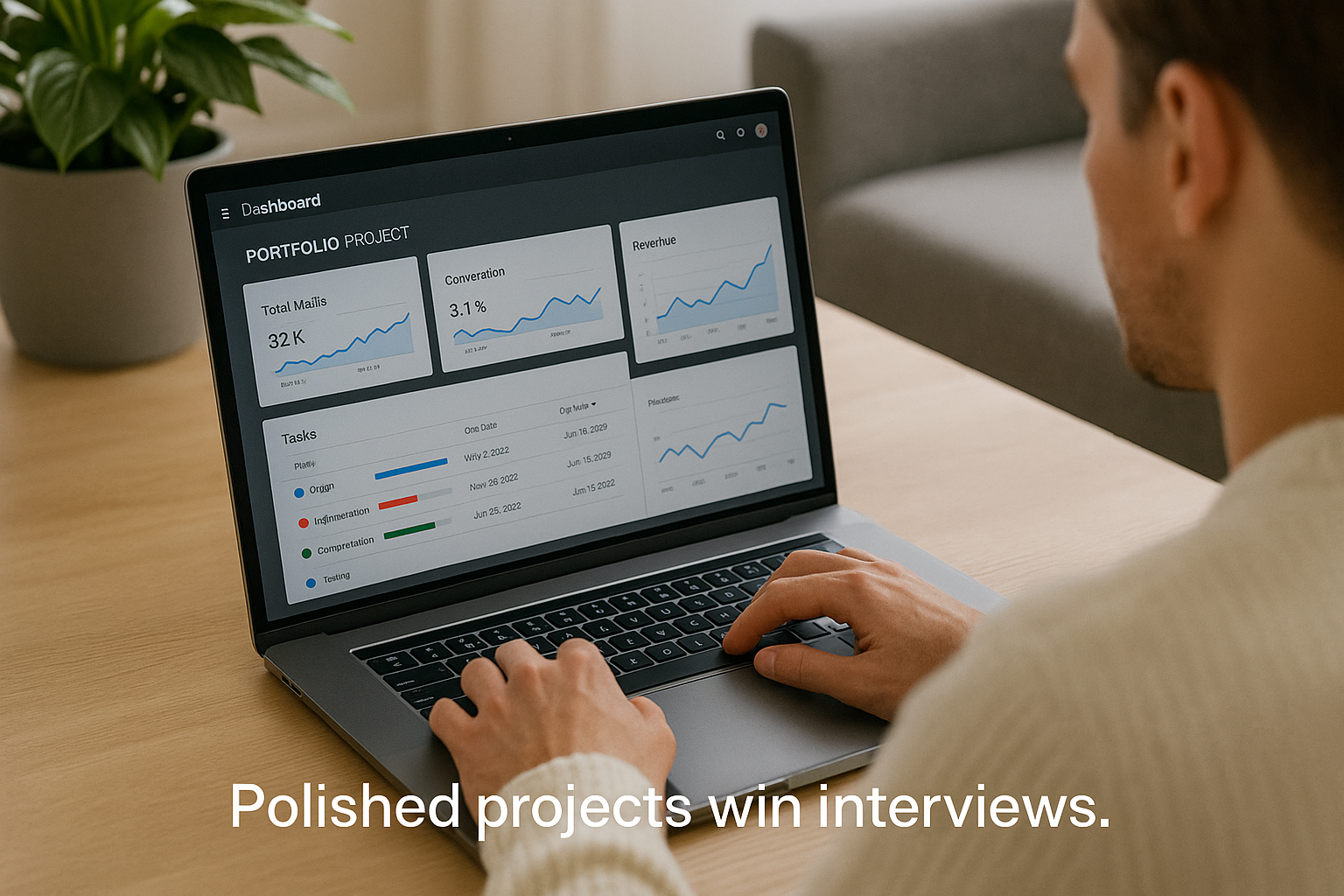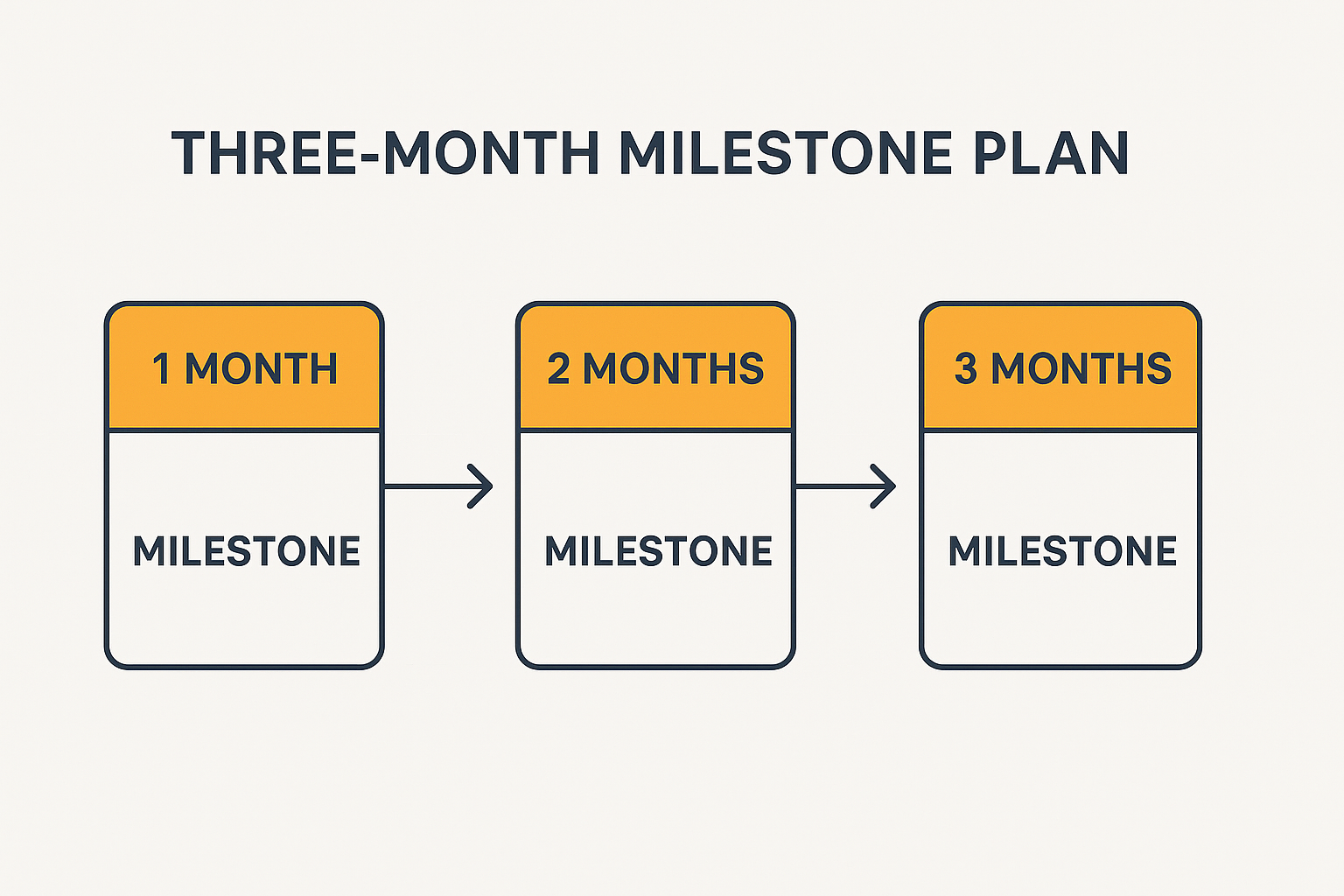Is a Coding Bootcamp Worth It in 2025? A No-BS Guide
Updated on October 15, 2025 5 minutes read

A coding bootcamp can be worth it in 2025 if you want a faster, guided path into tech and you can commit steady weekly time. The value comes from focused learning, real projects, and practical career support. This article explains what “worth it” means and how to make the investment pay off—without hype or fluff.
The Value in 2025
Most people asking this question want a clear view of return on investment. They want to know if months of study and the tuition will translate into real roles and a better salary. The short answer is yes, when you match the right program to your goals and finish with a credible portfolio.
Bootcamps compress a multi-year self-study path into a few months. You get a plan, instructors, and peers who hold you accountable. That structure turns “I’ll learn someday” into “I shipped projects and I’m interviewing.”
Who It Helps Most
If you learn best with feedback, you’re a strong fit. Instructors catch gaps early and suggest better patterns. Working with classmates mirrors real engineering and design teams, so your communication improves alongside your skills.
The biggest wins come from building focused projects that look like real work. Two or three polished apps, dashboards, labs, or case studies often beat a long list of unfinished experiments. Employers care about proof, not promises.
![Pair-Programming-in-a-Modern-Office_(1)[1].webp](https://d3vdhmy3teu986.cloudfront.net/strapi/Pair_Programming_in_a_Modern_Office_1_1_5ffa638982.webp)
Format and Commitment
Full-time programs offer speed and immersion if your schedule allows it. Part-time formats fit work and family life and let you progress over a longer horizon. Online options are now robust, with live sessions, chat support, and recordings when you miss a class.
Consistency beats intensity. It’s better to study a little every day than to binge and burn out. Plan short daily blocks for coding and review, plus one or two longer sessions each week for deeper building and refactoring.
Skills That Lead to Jobs
For web roles, focus on HTML, CSS, and JavaScript or TypeScript. Learn modern React and Next.js patterns, a simple Node.js backend, a relational database, Git, and basic deployment. A small full-stack app with authentication and a real user flow is a great centerpiece.
For data roles, focus on Python, SQL, clean analysis, and clear presentation. A tidy notebook that answers a business question and a small dashboard show practical value. A short write-up that explains decisions helps reviewers follow your thinking.
For cybersecurity, start with networking basics, Linux, logs, and detection. A home lab where you capture an event and document triage proves hands-on skill. Explain what you found and how you would mitigate it in simple language.
For UX/UI, combine research, flows, and interface design. A case study that frames a problem, shows your process, and ends with a clickable prototype is powerful. Clear writing and logic matter as much as visuals.

The AI Reality
AI tools can speed up scaffolding, tests, and routine code. They do not replace fundamentals. Use them to accelerate, then spend time on reasoning, debugging, and code reading. Interviews still test core understanding and teamwork, not just tool use.
This is good news. Juniors who can explain trade-offs, read unfamiliar code, and ship small improvements still stand out. Show how you used AI responsibly—where it helped and where you made decisions yourself.
Timeline and Plan
Backgrounds differ, but a common path is three to six months of training and two to four months of job search. Many career switchers see offers within six to ten months if they keep momentum. Results depend on effort, portfolio quality, and local market conditions.
Keep the plan simple. In month one, learn the basics and ship a small project. In month two, build something with authentication or data. In month three, polish and document. Repeat until you have two or three pieces you are proud to show and easy to explain.
Documentation raises the ceiling on your work. Add a clear README, screenshots, and a short demo video. Explain the problem, the design, and the trade-offs you made. Hiring teams value decisions as much as code.

Choosing the Right Program
Look for transparent curricula with weekly breakdowns and example projects. Ask how code reviews work and how often the material is updated. Ask to see recent graduate portfolios that led to interviews. These signals tell you more than slogans.
Career services should be specific. Mock interviews, portfolio reviews, and a targeted outreach plan can shorten your search. You want feedback you can act on, plus accountability so you keep moving.
Soft Skills That Get Noticed
Teams hire juniors who ask clear questions, take feedback, and write simple status updates. A short, friendly pull-request summary can say more about your readiness than a complex feature. Communication, reliability, and curiosity stand out in every interview.
Leverage what you already know. Teachers, analysts, support specialists, or designers bring strong writing, empathy, and domain knowledge. Pair that with new technical skill and you have a compelling story for hiring managers.
Bottom Line for 2025
A bootcamp is worth it when you want a guided, time-boxed path into tech and you are ready to build, document, and practice. It works when the program is transparent and aligned with current hiring needs. Most of all, it works when you finish.
If you learn well with structure, instructors, and a community, this path can help you move faster. If you prefer solo learning and can stay consistent for months on your own, self-study may be enough. Be honest about what keeps you going, choose the format you will complete, and commit to steady progress.
Set a start date, map three project milestones, and keep your paragraphs of work short and focused—just like this article. Small, consistent steps win the long game and lead to interviews and offers.